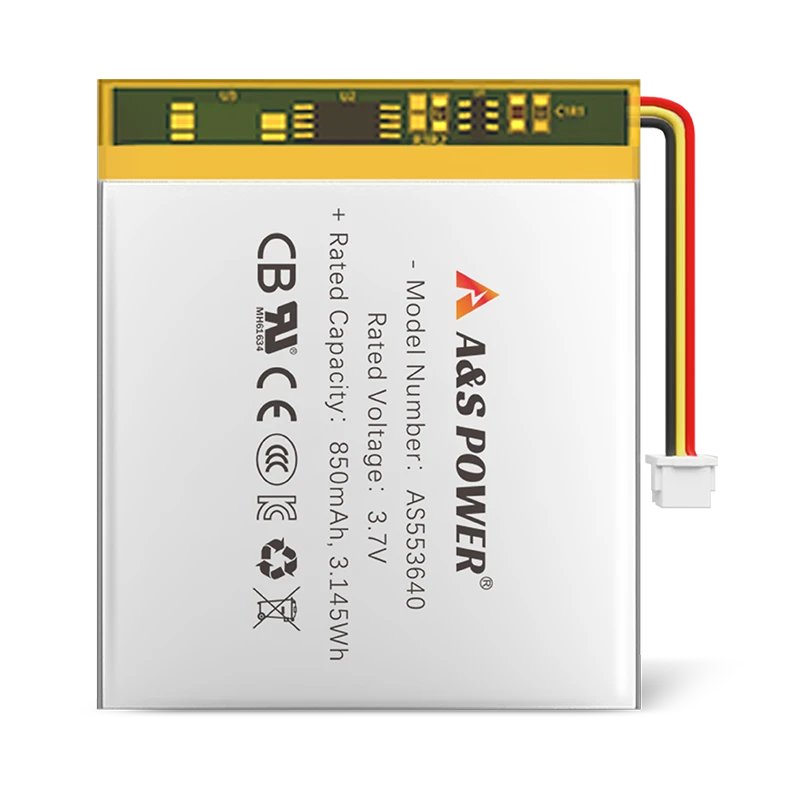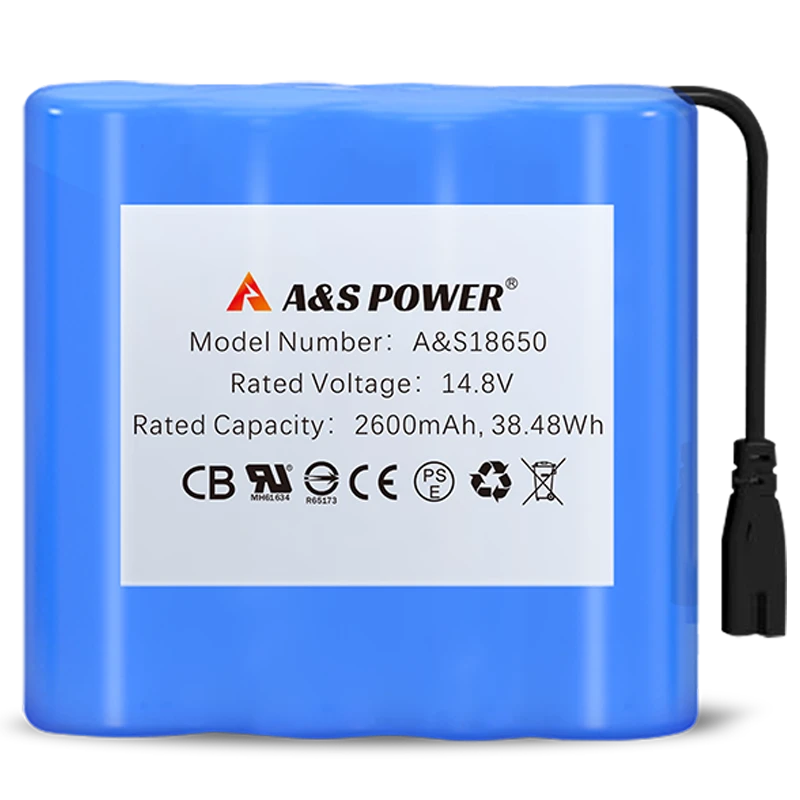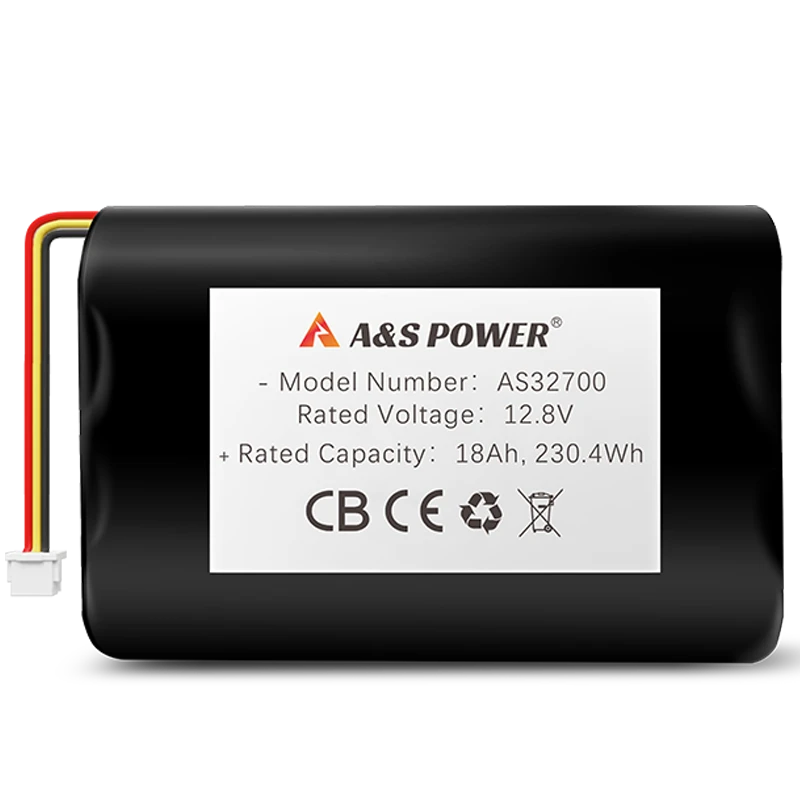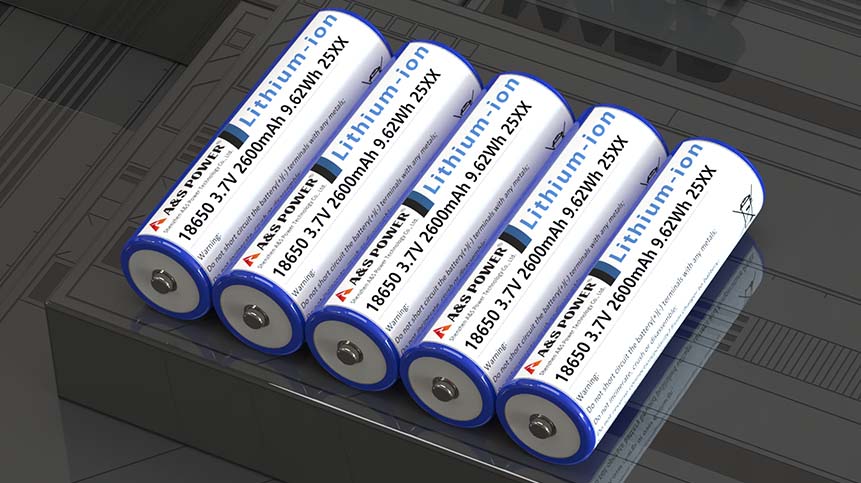How to Choose the Right Lithium Battery for You: A Comprehensive Guide
Lithium batteries have become the preferred energy storage solution for a wide range of applications — from smartphones and laptops to electric vehicles (EVs) and renewable energy systems. Whether you're selecting batteries for consumer electronics or large-scale storage systems, understanding how to choose the right battery is crucial for performance, lifespan, and cost-effectiveness.
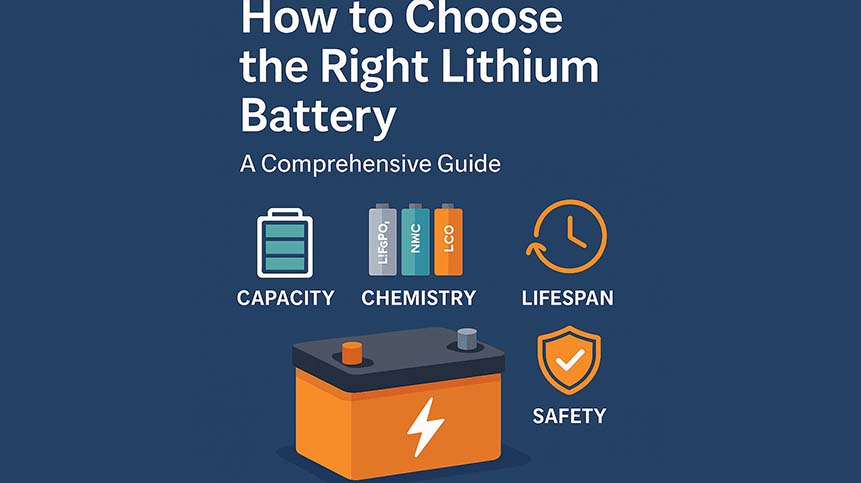
1. Understand Your Power Needs
Before choosing a battery, clarify your power requirements. Different applications call for different capacities and specifications:
-
Consumer Electronics: Measured in mAh or Wh. Higher values mean longer run time.
-
Electric Vehicles (EVs): Measured in kWh. Example: Tesla Model 3 uses 50–75 kWh batteries (Tesla Official Site).
-
Energy Storage Systems: Require high kWh capacity and stable power output to support solar or off-grid setups.
2. Lithium Battery Types: Choosing the Right Chemistry
Lithium batteries come in several chemistries, each suited for specific uses:
-
Lithium Iron Phosphate (LiFePO₄): Long life, very safe, less energy-dense. Ideal for solar, EVs, and backups.
-
Lithium Cobalt Oxide (LiCoO₂): High energy density, common in phones and laptops but less stable (Battery University).
-
Lithium Nickel Manganese Cobalt (NMC): Balanced performance and safety, widely used in EVs and tools.
-
Lithium Manganese Oxide (LiMn₂O₄): High thermal stability, found in medical devices and power tools.
3. Capacity: What Size Do You Need?
Battery capacity determines how much energy a battery can store and how long it can run. It's measured in:
-
mAh: Small electronics
-
Wh: Laptops, power banks
-
kWh: EVs, solar storage
Basic formula to estimate run time:
Battery life (hours) = Battery capacity (Wh) ÷ Power consumption (W)
Example: A 20Wh battery powering a 5W device ≈ 4 hours of operation.
4. Lifespan: How Long Will It Last?
The lifespan of a lithium battery depends on its charging cycles and how it's used:
-
Cycle life: Full charge–discharge cycles before battery drops to 80% capacity (typically 500–2000 cycles).
-
Influencing factors:
-
Temperature: Ideal between 20°C to 25°C.
-
Depth of Discharge (DoD): Shallower discharges = longer life.
-
Charging habits: Avoid overcharging or draining to 0%. Use a smart charger.
-
5. Voltage & Power Output
Choose a battery with the right voltage for your device/system:
-
Low Voltage (3.2V–3.7V): Used in phones, tablets, laptops.
-
High Voltage (36V–72V+): Needed for EVs, e-bikes, and large storage systems.
Using incorrect voltage can cause underperformance or damage.
6. Charging Time: How Fast Do You Need It?
-
Fast Charging (DC Fast Charge): Great for EVs and power tools. Cuts downtime but may reduce battery lifespan.
-
Standard Charging: Slower, but extends overall battery health.
7. Budget: What’s Worth the Investment?
-
Smaller batteries (e.g. for phones) are affordable.
-
High-capacity batteries (e.g. EV or solar) cost more, but investing in quality means longer lifespan and better performance.
According to DOE, lithium battery prices have dropped nearly 90% since 2010 (U.S. Department of Energy) — but quality still matters.
8. Safety Considerations
While lithium batteries are generally safe, mishandling can lead to hazards. To ensure safety:
-
Buy from certified manufacturers.
-
For large systems, use a Battery Management System (BMS) to control temperature and voltage.
-
Avoid impact, high heat, or moisture.
✅ Conclusion: Match Battery to Application
There is no “one size fits all” lithium battery. Choosing the right one depends on:
-
Your power needs
-
Battery chemistry
-
Required capacity & voltage
-
Lifespan & safety
-
Budget and application goals
By understanding these core principles, you can confidently choose a lithium battery that delivers reliable performance and long-term value.
-

 May.2025.12.22What is a Nickel Cadmium Battery and How Does It WorkLearn More
May.2025.12.22What is a Nickel Cadmium Battery and How Does It WorkLearn More -

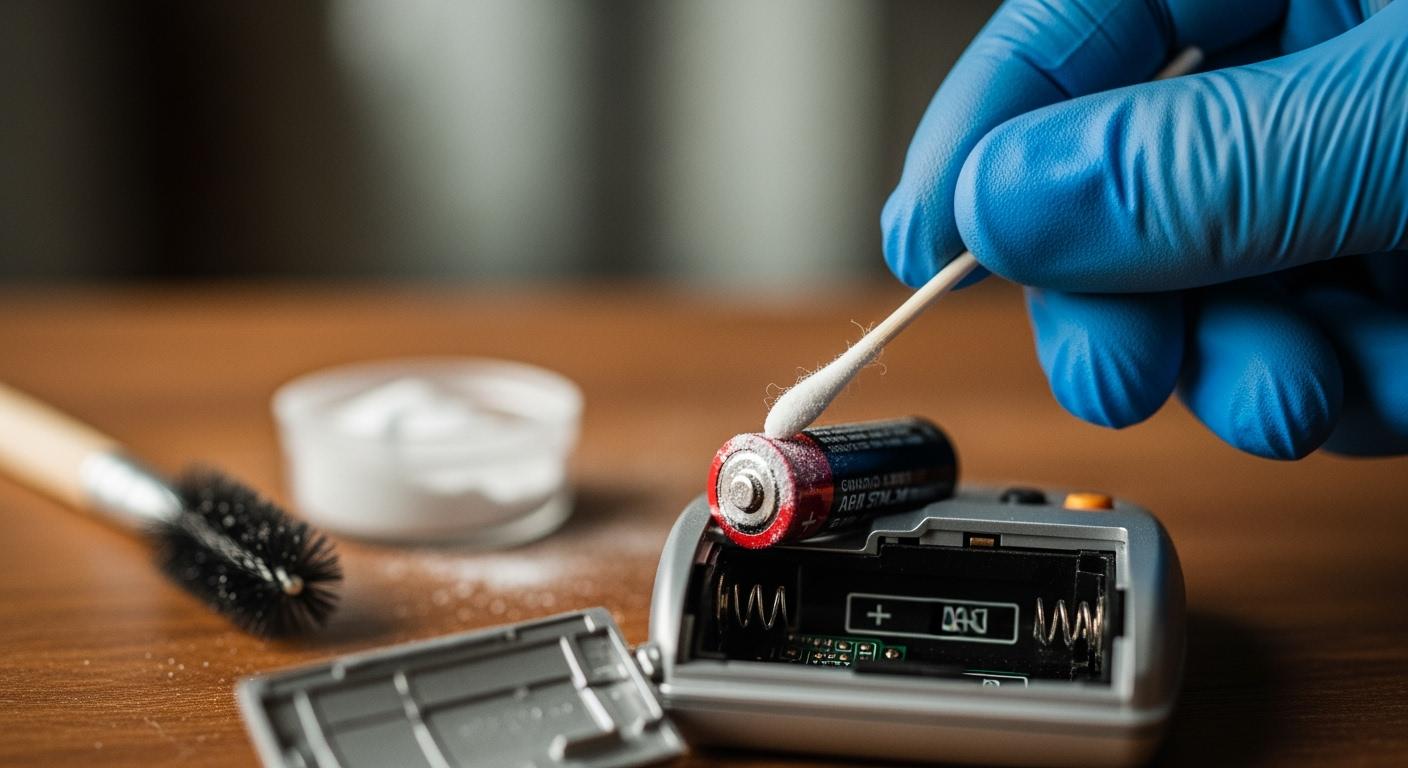 May.2025.12.22How to clean battery corrosion?Learn More
May.2025.12.22How to clean battery corrosion?Learn More -

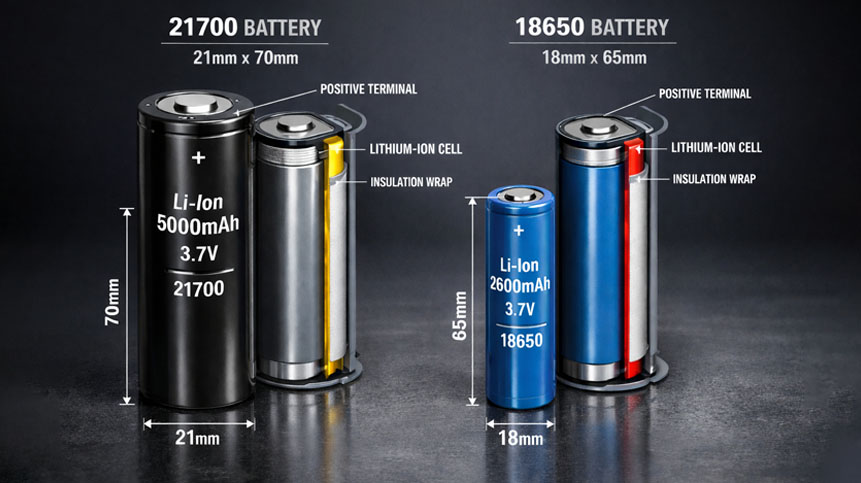 May.2025.12.2021700 Battery: Meaning, Comparison with 18650, and How to Choose the Best QualityLearn More
May.2025.12.2021700 Battery: Meaning, Comparison with 18650, and How to Choose the Best QualityLearn More -

 May.2025.12.19Medical Device 18650 Rechargeable Battery: What Buyers Must Evaluate?Learn More
May.2025.12.19Medical Device 18650 Rechargeable Battery: What Buyers Must Evaluate?Learn More -

 May.2025.12.19Common voltage types of lithium polymer batteries for different applicationsLearn More
May.2025.12.19Common voltage types of lithium polymer batteries for different applicationsLearn More




